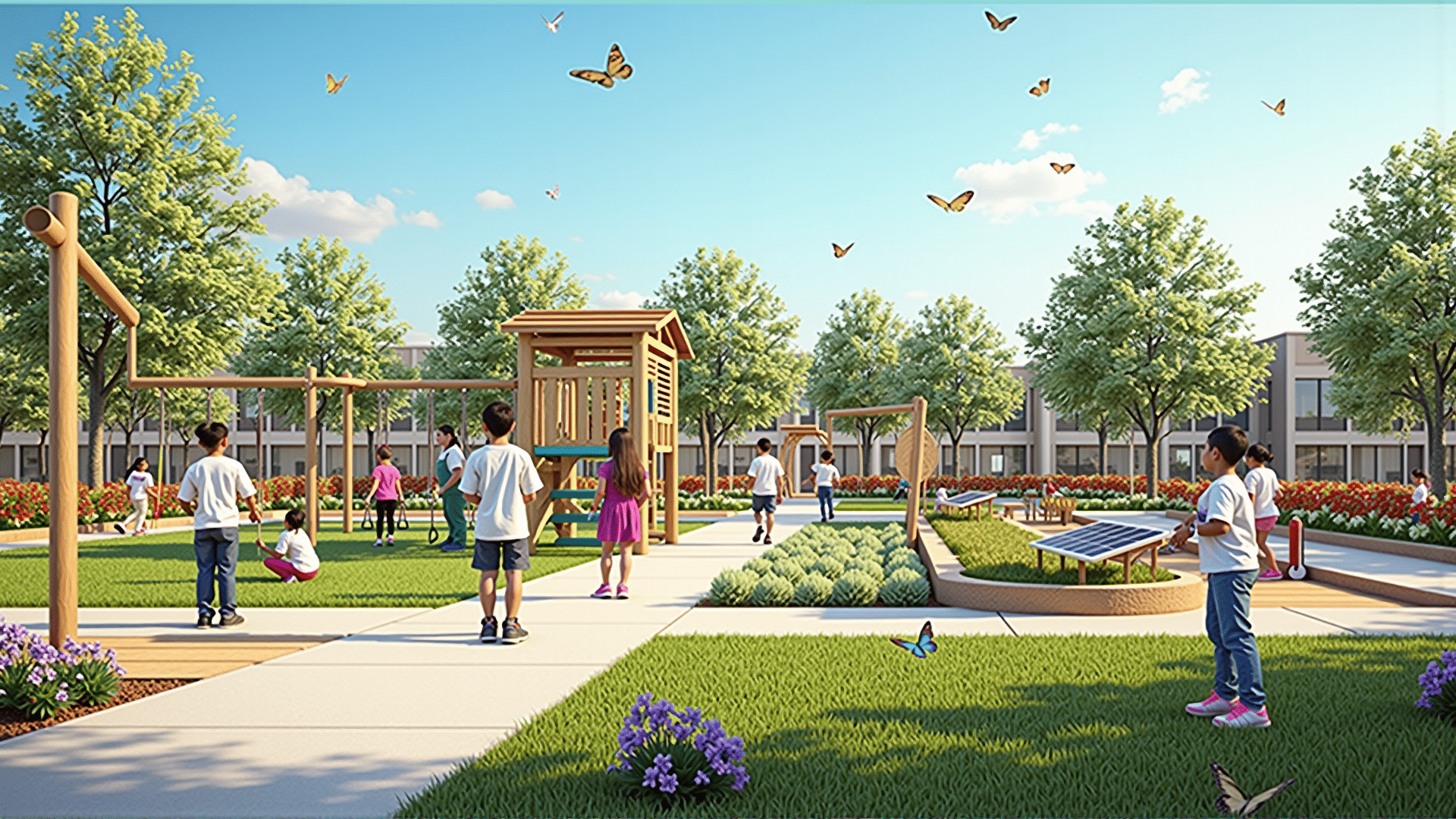In recent times, the emphasis on sustainability is becoming increasingly pervasive in various aspects of our lives, including playground design. As communities seek to create spaces that are not only fun but also respectful of the environment, eco-friendly playground designs have emerged as a vital component of urban planning and community development. These designs strive to minimize environmental impact while offering engaging play experiences for children and promoting well-being within the community.
Eco-friendly playgrounds incorporate sustainable materials and practices, starting with the choice of materials used in construction. Recycled and reclaimed materials, such as repurposed plastics, metals, and rubber, significantly reduce the carbon footprint associated with manufacturing new materials. These materials are not only durable and safe, but they also contribute to the circular economy by giving a second life to what would otherwise become waste.
In addition to material choices, sustainable playground designs often incorporate natural elements that harmonize with the surrounding environment. Integrating natural landscapes, such as hills, trees, and water features, into playgrounds not only enhances their aesthetic appeal but also encourages children to engage with nature. Features like climbing structures made from natural wood, sand play areas, and gardens offer sensory-rich experiences that foster creativity and exploration while providing educational opportunities about environmental stewardship.
Another critical aspect of eco-friendly playground design is energy efficiency. This can be achieved through the installation of solar-powered lights or water fountains, ensuring that the playground is accessible and functional without relying heavily on nonrenewable energy sources. Additionally, permeable surfaces and rainwater harvesting systems can be incorporated to manage stormwater naturally, preventing erosion and reducing runoff, thus protecting local waterways.
Community involvement is also a cornerstone of sustainable playground design. Engaging local residents, especially children, in the planning process creates a sense of ownership and ensures that the playground meets the unique needs of the community. Hosting workshops and brainstorming sessions not only fosters community spirit but also educates citizens about sustainability practices and the importance of eco-friendly public spaces.
Moreover, sustainable playgrounds contribute to social sustainability by offering inclusive play equipment that caters to children of all abilities. Ensuring accessibility for those with disabilities, providing shaded areas for relief from extreme weather, and designing safe, non-toxic play surfaces all contribute to a more equitable community space. This holistic approach ensures that every child, regardless of ability, can enjoy the joy and benefits of play.
Investing in sustainable playgrounds has a multiplicity of benefits: encouraging physical activity, fostering community interaction, and ultimately instilling a respect for the environment in future generations. As society continues to recognize the importance of sustainability, eco-friendly playgrounds set a precedent for the development of other community spaces, demonstrating that functionality and environmental responsibility can coexist harmoniously.
In conclusion, sustainable playground designs represent a forward-thinking approach to community development, aligning fun and environmental stewardship. Through the strategic use of materials, integration of natural elements, energy efficiency, community engagement, and inclusivity, these playgrounds provide endless fun while supporting the broader sustainability goals of reducing environmental impact and promoting community well-being. As we build for the future, sustainable playgrounds offer a vibrant, responsible model for creating spaces where children can thrive in harmony with the planet.
